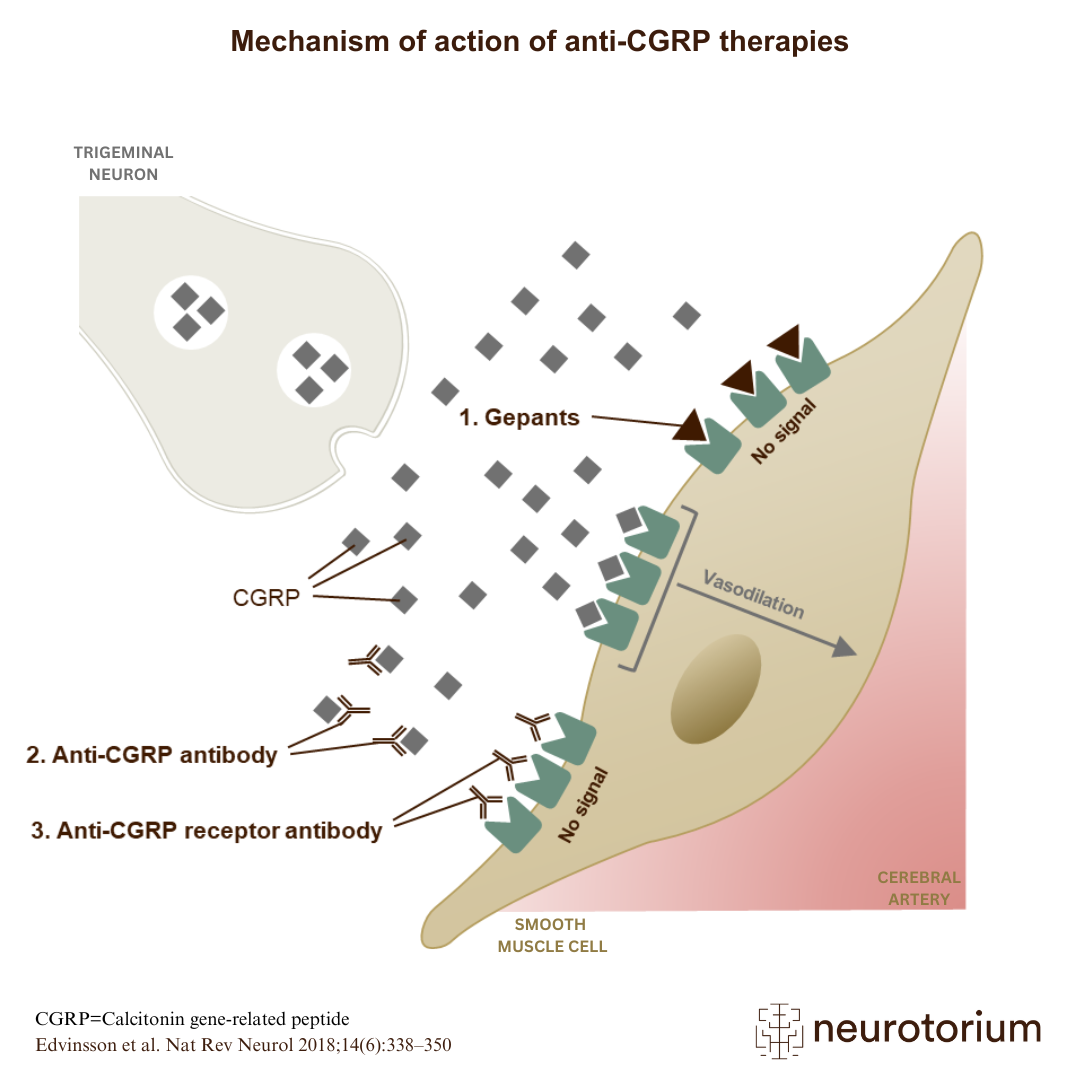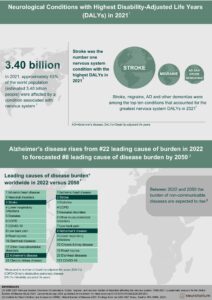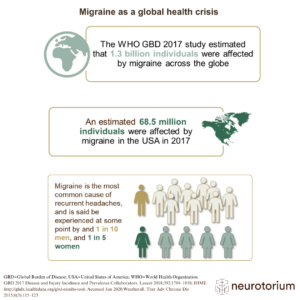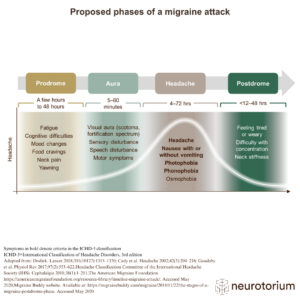Various clinical data demonstrate the crucial role CGRP plays in migraine pathology, and there are several different methods of blocking CGRP activity to treat migraine attacks.
1. Gepants – CGRP receptor antagonists, which bind to the CGRP receptor and prevent signalling.
2. Anti-CGRP antibodies, which prevent CGRP interacting with its receptor.
3. Anti-CGRP receptor antibodies, which bind to the CGRP receptor and prevent signalling.
Read more about anti-CGRP therapies and their mechanism of action





